Take a Trip to the Farm: Fun Agricultural Crafts for Kids
Welcome to the wonderful world of farming! Have you ever thought about how much fun it could be for kids to dive into the exciting realm of agriculture through crafts? This article explores various engaging agricultural crafts for children, fostering creativity while teaching them about farm life and the importance of agriculture in our daily lives. Imagine your little ones getting their hands dirty while creating their very own farm animals, miniature farms, and seasonal decorations—all while learning valuable lessons about nature and sustainability. Sounds fun, right? Let's dig in!
Engaging in agricultural crafts is not just about having fun; it’s a treasure trove of benefits for children! When kids participate in these activities, they develop fine motor skills, learn about the wonders of nature, and gain a deeper understanding of the farming process. It's like planting seeds of knowledge in their minds! These hands-on activities are a fantastic way for kids to express their creativity while also learning about the world around them. Plus, let’s be honest—there's nothing quite like the joy of creating something with your own two hands. What better way to spark curiosity and imagination?
Gathering the right materials is essential for successful farm-themed crafts. Common supplies include paper, paint, natural elements, and recyclable items that can be transformed into creative projects. The beauty of these crafts is that they often utilize everyday items that you might already have lying around the house. You don't need to break the bank to inspire creativity! Just think about all the possibilities hidden in your recycling bin. It’s amazing how a simple cardboard box or an empty plastic bottle can become a canvas for imagination!
Recycling materials like cardboard, plastic bottles, and old newspapers can inspire kids to create innovative farm crafts while promoting environmental sustainability and resourcefulness in their crafting projects. For instance, a cardboard box can become a barn, while plastic bottle caps can transform into colorful farm animals. This not only teaches children the importance of recycling but also encourages them to think outside the box—quite literally! By using recyclable materials, kids learn to appreciate the value of resources and how they can be repurposed into something beautiful.
Kids can craft adorable farm animals using simple materials. This activity encourages imaginative play while teaching them about various farm animals and their roles in agriculture. Imagine your child creating a fluffy sheep out of cotton balls or a vibrant rooster from construction paper. Each creation can spark conversations about the animals' characteristics, their contributions to the farm, and even fun facts about their habitats. It’s not just crafting; it’s an educational adventure that allows kids to explore the animal kingdom right from their living room!
Constructing miniature farms from recyclable materials allows children to visualize farm layouts, understand spatial relationships, and learn about different crops and animal habitats in a fun and interactive way. Picture a diorama where your child can arrange tiny animals, crops, and barns, creating their very own farm world. This hands-on experience not only enhances their spatial awareness but also teaches them about the various elements that make up a farm. Plus, it’s a great opportunity for parents to join in the fun and share stories about farming and agriculture!
Using natural elements like leaves, twigs, and flowers in crafts connects children with the environment, enhancing their appreciation for nature and the agricultural processes involved in growing plants. For example, collecting leaves during a nature walk can turn into beautiful leaf prints on paper. This not only creates stunning artwork but also teaches kids about different plants and their roles in our ecosystem. It’s a wonderful way to foster a love for the outdoors while creating lasting memories.
Creating seasonal crafts related to farming helps children understand the cyclical nature of agriculture, including planting, harvesting, and celebrating seasonal changes through themed projects. Each season brings its own unique opportunities for creativity. For instance, in the spring, kids can plant seeds in small pots, while in the fall, they can make decorations using pumpkins and corn. These activities not only celebrate the seasons but also teach kids about the importance of each phase in the agricultural calendar.
Spring is an ideal time for children to engage in planting-themed crafts, allowing them to learn about seeds, growth cycles, and the importance of nurturing plants for a successful harvest. By planting seeds in biodegradable pots, kids can watch their plants grow over time, giving them a sense of responsibility and accomplishment. It's like a mini science project that culminates in the joy of seeing their hard work pay off!
As autumn approaches, kids can create crafts that celebrate the harvest season, using pumpkins, corn, and other crops to inspire creativity and teach them about the significance of harvest festivals. Think of vibrant corn husk dolls or painted pumpkins that can adorn your home. These crafts not only beautify your space but also provide an excellent opportunity to discuss the importance of harvests in our lives and the traditions that come with them.
- What age group is suitable for these crafts? Most of these crafts are suitable for children aged 4 and up, with adult supervision for younger kids.
- Can these crafts be done indoors? Absolutely! Many of these activities can be done indoors, especially those that use recyclable materials.
- How can I incorporate lessons about agriculture? Use the crafts as a springboard for discussions about farming, the food chain, and environmental sustainability.

Benefits of Agricultural Crafts
Engaging in agricultural crafts offers a plethora of benefits for children, combining fun with educational experiences that stimulate both their minds and creativity. When kids dive into crafting projects related to farming, they not only express their artistic flair but also develop essential skills that will serve them well in various aspects of life.
One of the primary advantages is the enhancement of fine motor skills. As children manipulate different materials—whether it’s cutting, gluing, or painting—they are honing their dexterity and hand-eye coordination. These skills are crucial for everyday tasks and can significantly improve their performance in school activities, especially in art and writing.
Moreover, agricultural crafts provide a unique opportunity for children to learn about nature and the environment. For instance, while creating crafts that depict farm life, they become familiar with various plants and animals. This hands-on approach not only makes learning enjoyable but also instills a sense of responsibility towards nature. Kids can explore concepts like where their food comes from and the importance of sustainability, which are vital lessons in today’s world.
Through these crafts, children can also grasp the farming process, including planting, growing, and harvesting. For example, when they create a model of a farm or design a garden layout, they learn about crop rotation, seasonal changes, and the different roles that animals play on a farm. This interactive learning method is far more engaging than traditional classroom settings, making it easier for them to retain information.
In addition to cognitive benefits, agricultural crafts encourage social interaction and teamwork. When children work together on projects, they learn the value of collaboration and communication. They can share ideas, divide tasks, and celebrate each other’s successes, fostering a sense of community and friendship. This is particularly impactful in a classroom or group setting where they can bond over their shared creations.
Lastly, let’s not forget the sheer joy of creativity. Crafting allows children to express their thoughts and emotions in a tangible way. Whether they are painting a vibrant barn or constructing a miniature tractor, each project becomes a canvas for their imagination. This freedom to create not only boosts their confidence but also encourages them to think outside the box, a skill that is invaluable in any field they choose to pursue in the future.
In summary, the benefits of engaging in agricultural crafts extend far beyond mere enjoyment. They encompass the development of fine motor skills, environmental awareness, understanding of farming processes, social interaction, and creative expression. So, gather those supplies and let your kids embark on a crafting adventure that is as educational as it is fun!

Materials Needed for Farm Crafts
When diving into the world of farm crafts, gathering the right materials is like preparing the soil before planting seeds—it sets the foundation for creativity to flourish! Whether you're crafting adorable animals or building a miniature farm, having an array of supplies on hand can make all the difference. So, what do you need? Let's break it down!
First and foremost, paper is a must-have. You can use construction paper, cardstock, or even recycled paper to create colorful farm scenes, animals, and crops. Pair this with some paint, and your kids will have a blast bringing their creations to life with vibrant colors. Additionally, keep an eye out for natural elements like leaves, twigs, and flowers. These can add a beautiful, organic touch to any craft and help children connect with nature.
Another essential category of materials is recyclable items. Think about all those cardboard boxes, plastic bottles, and old newspapers lying around your home. Instead of tossing them in the trash, transform them into unique farm-themed projects! For instance, a cardboard box can become a barn, while plastic bottle caps can be turned into cute farm animals. The possibilities are endless, and this not only sparks creativity but also teaches kids about the importance of recycling and sustainability.
Here's a quick reference table to summarize the materials you'll need:
| Material | Uses |
|---|---|
| Paper | Creating animals, crops, and farm scenes |
| Paint | Adding color to crafts |
| Natural Elements | Enhancing crafts with organic textures |
| Recyclable Items | Building structures and figures |
Finally, don’t forget about basic crafting supplies such as glue, scissors, and markers. These tools are essential for putting your projects together and adding those final touches that make each piece unique. With these materials in hand, your kids will be ready to embark on their creative journey into the world of agriculture!
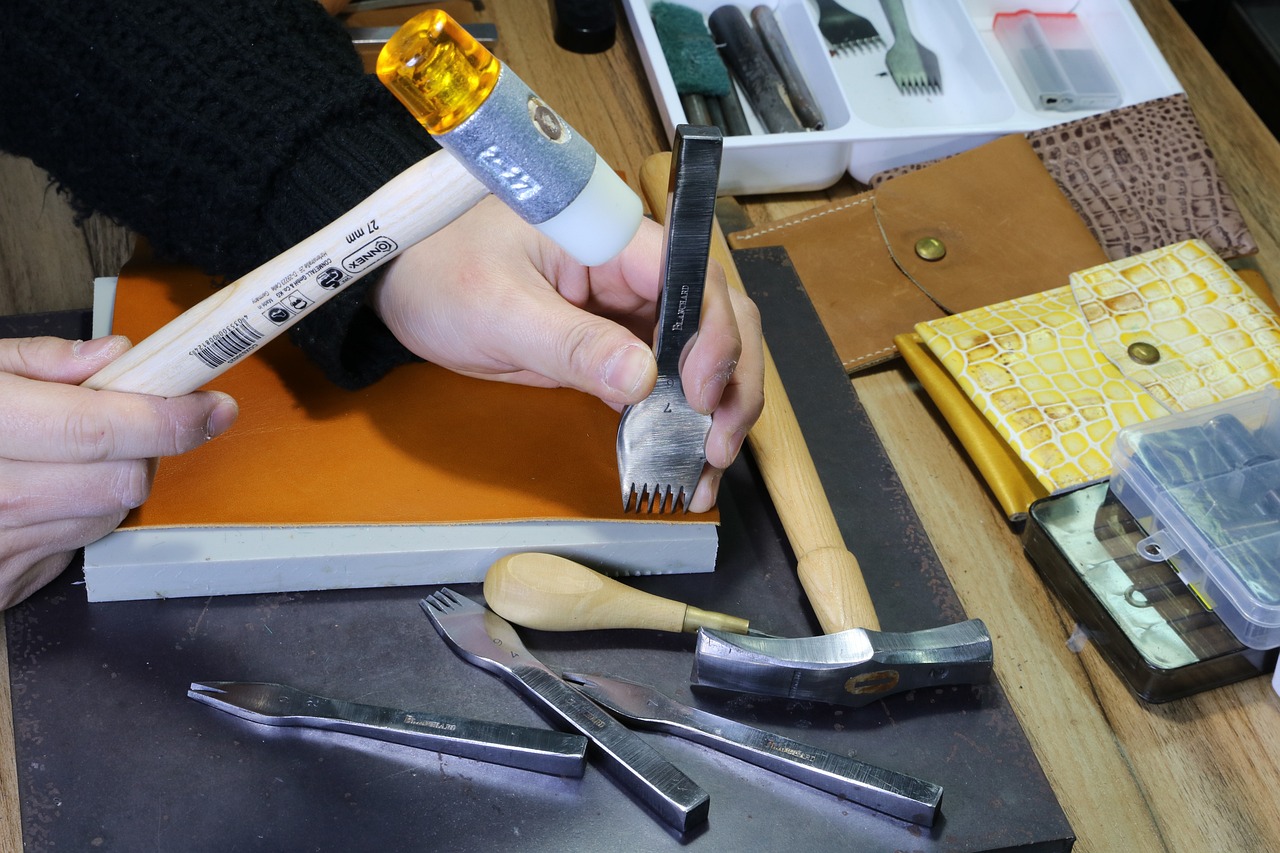
Using Recyclable Materials
When it comes to crafting, using recyclable materials is not just a fun idea; it's a fantastic way to teach kids about sustainability and creativity! Imagine turning that old cardboard box into a barn or using plastic bottles to create vibrant farm animals. Not only does this foster a sense of resourcefulness, but it also instills an understanding of how we can repurpose everyday items into something extraordinary. By engaging in these activities, children can see the potential in what might otherwise be discarded, turning trash into treasures.
For instance, think about the common items you have lying around the house. Here are some materials that can easily be transformed into delightful farm-themed crafts:
- Cardboard: Perfect for building structures like barns, fences, and even tractors!
- Plastic Bottles: These can be painted and decorated to become cows, pigs, or even chickens.
- Old Newspapers: Great for creating paper mâché animals or even scarecrows.
- Egg Cartons: Ideal for crafting cute little chicks or bunnies.
Using these materials not only sparks creativity but also encourages kids to think critically about the environment. They learn that every item has a story and a purpose, and that they can be the authors of that story. Plus, crafting with recyclables can lead to some pretty hilarious moments—like when a child proudly presents their 'masterpiece' made from a cereal box, complete with googly eyes and glitter!
Moreover, incorporating recyclable materials into farm crafts can be a fantastic group activity. Imagine a neighborhood craft day where kids gather to create their own miniature farms using items they’ve collected from home. This not only promotes teamwork and sharing but also allows children to discuss their ideas and inspirations, leading to a rich exchange of creativity. You can even set up a little exhibition at the end, showcasing all the unique creations!
In essence, using recyclable materials for farm-themed crafts is a win-win situation. It nurtures creativity, teaches valuable lessons about sustainability, and provides a platform for kids to express themselves. So, next time you’re about to toss something in the recycling bin, pause for a moment. That item could be the beginning of a new adventure in crafting!
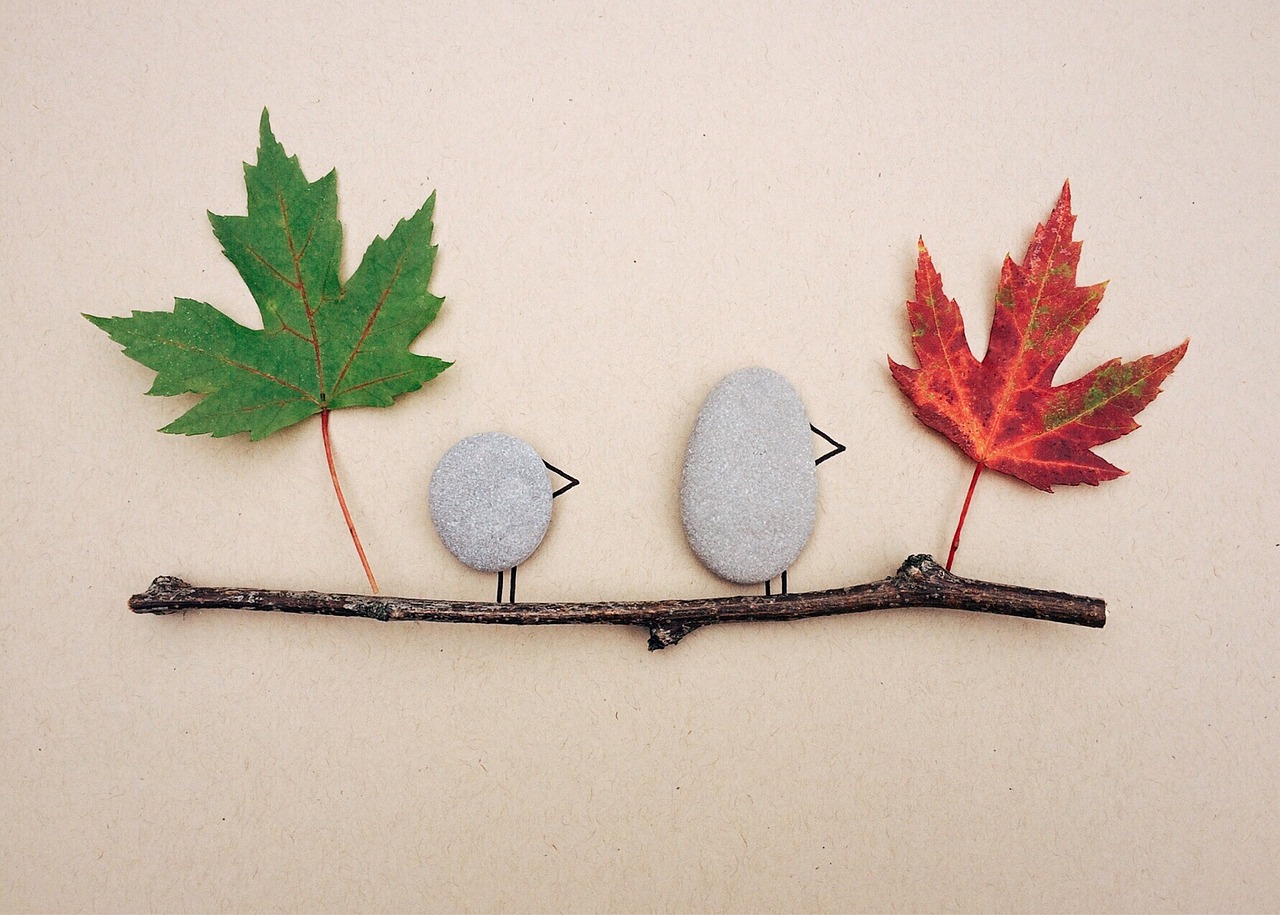
Creating Farm Animals
When it comes to **creating farm animals**, the possibilities are endless and the fun is guaranteed! Kids love to bring their imagination to life, and what better way to do that than by crafting adorable farm animals? This activity not only sparks creativity but also serves as a wonderful opportunity to teach children about the different animals found on a farm and their roles in agriculture.
To start this exciting project, gather some simple materials that you likely already have at home. **Cardboard**, **paper plates**, **construction paper**, and even **old socks** can be transformed into delightful animal figures. For example, a paper plate can easily become a sheep's face with a little bit of cotton ball fluff, while a cardboard tube can be the perfect base for a cow. The beauty of these crafts lies in their simplicity and the fact that they encourage kids to think outside the box.
Here are a few ideas for crafting different farm animals:
- Chickens: Use yellow construction paper to cut out a chicken body and add a red paper comb on top. Don't forget to give it googly eyes for that extra charm!
- Pigs: A pink paper plate can be turned into a pig's face with some simple drawing and a few added details like a curly tail made from pipe cleaners.
- Cows: Paint a cardboard box white and add black spots. Use paper cutouts for the eyes and ears, creating a fun 3D effect.
As the children create these farm animals, engage them in conversation about where these animals live, what they eat, and how they contribute to farm life. This not only enriches their crafting experience but also deepens their understanding of agriculture. Imagine the joy on their faces as they proudly present their creations, each animal a testament to their creativity and newfound knowledge!
Moreover, this activity can be a great group project. Kids can work together to create a whole farm scene, complete with barns, fields, and all their favorite animals. This collaborative effort not only enhances their social skills but also fosters teamwork and communication. After all, just like in a real farm, every animal has its role, and together they create a thriving environment.
In conclusion, crafting farm animals is a delightful way to combine creativity with learning. It encourages children to express themselves while also providing a hands-on experience that connects them to the world of agriculture. So grab those materials, let the imagination run wild, and watch as your little ones create their very own farmyard full of life and color!
Q: What materials do I need to create farm animals?
A: You can use a variety of materials such as cardboard, paper plates, construction paper, and even recycled items like old socks or plastic bottles.
Q: How can I incorporate learning into this craft?
A: While crafting, discuss the different animals, their habitats, and their roles on the farm. This will help children connect their creations with real-life agriculture.
Q: Can this be a group activity?
A: Absolutely! Kids can work together to create a whole farm scene, promoting teamwork and social skills while having fun.
Q: What age group is this activity suitable for?
A: This activity is great for children of all ages, but younger kids may need assistance with cutting and assembling materials.
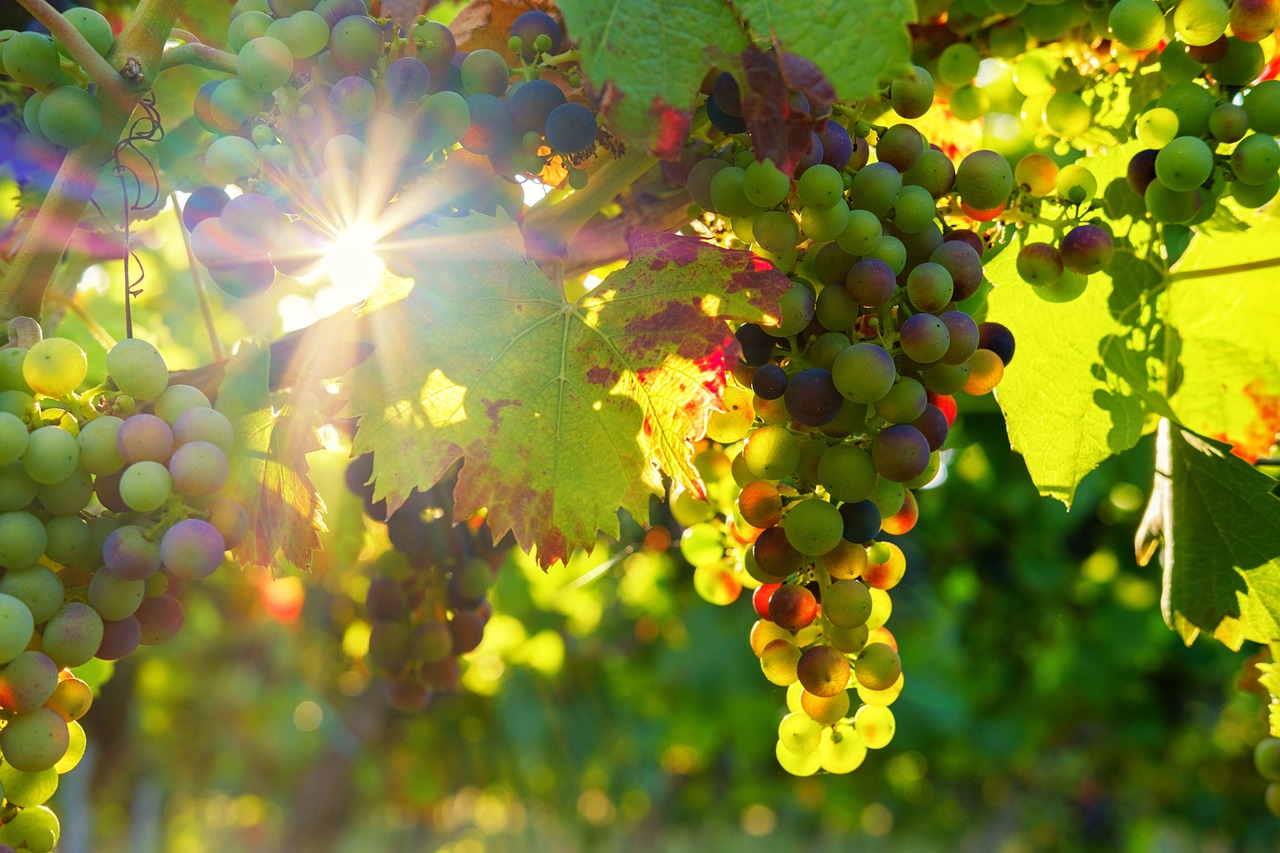
Building Miniature Farms
Building miniature farms is not just a fun activity; it’s an incredible way for kids to dive into the world of agriculture while unleashing their creativity! Imagine transforming a pile of cardboard boxes and some old plastic bottles into a bustling farmyard. This hands-on project allows children to visualize farm layouts, understand spatial relationships, and learn about different crops and animal habitats—all while having a blast!
To get started, gather some common recyclable materials. Think about using:
- Cardboard boxes for the farm structure
- Plastic bottles for silos or barns
- Egg cartons for animals
- Paper plates for fields or ponds
Once you have your materials ready, the real fun begins! Kids can sketch out their farm layout on paper, deciding where to place the barn, fields, and animal enclosures. This encourages them to think critically about how real farms are organized. They can even incorporate pathways and fences, enhancing their understanding of farm life.
As they start constructing, kids can paint their structures to make them vibrant and lively. They might want to create a red barn, green pastures, or blue silos. This is where their imagination truly takes flight! Additionally, they can use natural elements like leaves and twigs to represent crops or trees, further connecting their miniature farm to the real world.
Moreover, building miniature farms can serve as a great educational tool. Parents and educators can introduce discussions about:
- The types of crops grown on farms
- The animals that live on farms and their roles
- The importance of sustainable farming practices
By engaging in this craft, children not only learn about agriculture but also develop essential skills such as teamwork, problem-solving, and fine motor skills. They might even want to host a mini “farm tour” for family and friends, showcasing their creations and sharing what they’ve learned along the way. This simple yet impactful activity fosters a deeper appreciation for where our food comes from and the hard work that goes into farming.
Q: What age group is suitable for building miniature farms?
A: Building miniature farms is suitable for children aged 5 and up, with adult supervision for younger kids, especially when using scissors or glue.
Q: How long does it take to complete a miniature farm project?
A: The time can vary depending on the complexity, but a simple farm can be completed in a couple of hours, while a more elaborate project might take a few days.
Q: Can we use non-recyclable materials?
A: Absolutely! While recyclable materials are encouraged for sustainability, you can also use other craft supplies like foam, fabric, or even clay to enhance your miniature farm.
Q: What educational benefits does this activity provide?
A: This activity teaches children about agriculture, spatial awareness, creativity, and teamwork. It also encourages discussions about sustainability and the environment.
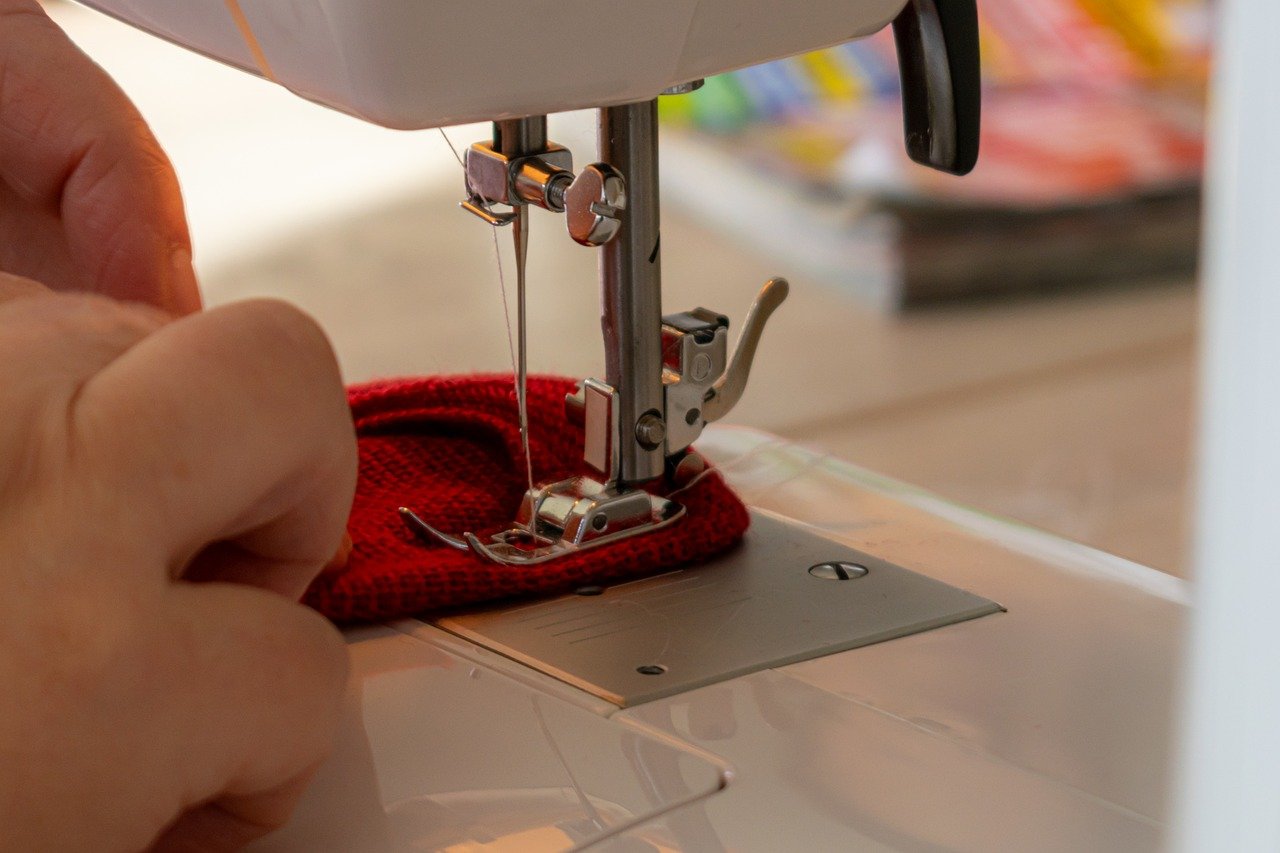
Incorporating Nature into Crafts
Incorporating nature into crafts is not just an artistic endeavor; it's a gateway for children to connect with the world around them. Imagine your little ones venturing outside, collecting leaves, twigs, and flowers, all while soaking in the fresh air and sunshine. This hands-on experience fosters a deeper appreciation for the environment and the agricultural processes that sustain it. By engaging with natural materials, children can discover the beauty of biodiversity and the importance of each element in the ecosystem.
One exciting way to incorporate nature into crafts is by creating nature collages. Kids can gather various items like colorful leaves, fragrant herbs, and interesting stones to assemble a stunning piece of art. Not only does this activity spark creativity, but it also serves as a lesson in the diversity of plant life. For instance, you can encourage them to identify different types of leaves based on their shapes and colors, turning a simple craft into a mini botanical study.
Moreover, using natural materials can inspire a variety of projects. Here are a few ideas:
- Flower Pressing: Kids can collect flowers and press them between heavy books, creating beautiful bookmarks or framed art.
- Twig Structures: Gather twigs to build miniature houses or bridges, encouraging imaginative play while teaching basic engineering principles.
- Seed Art: Use different seeds to create pictures or patterns on cardboard, which can also serve as a lesson about the different types of seeds and their uses in agriculture.
In addition to these crafts, children can learn about the role of plants in agriculture. For instance, they can create a mini-garden in a pot using soil, seeds, and natural decorations like stones or shells. This not only beautifies their space but also teaches them about the growth cycle of plants—from seed germination to sprouting and beyond. Watching their plants grow reinforces the notion of nurturing and responsibility, key lessons that extend beyond the craft itself.
Incorporating nature into crafts is a fantastic way to blend education with creativity. It allows children to explore their surroundings, learn about sustainability, and understand the vital role agriculture plays in our lives. So next time you're looking for a fun activity, grab some natural materials and let your child's imagination run wild!
Q1: What types of natural materials can we use for crafts?
A1: You can use a wide variety of natural materials, including leaves, flowers, twigs, stones, and seeds. The key is to ensure they are safe and non-toxic for children to handle.
Q2: How can nature crafts help children learn about agriculture?
A2: Nature crafts can introduce children to the concepts of planting, growth cycles, and the importance of biodiversity. By using natural materials, they can visually and physically engage with the agricultural processes.
Q3: Are there any safety precautions to consider when using natural materials?
A3: Yes, always supervise children when they are collecting materials outdoors. Ensure they do not pick plants that may be toxic and wash any items thoroughly before use.
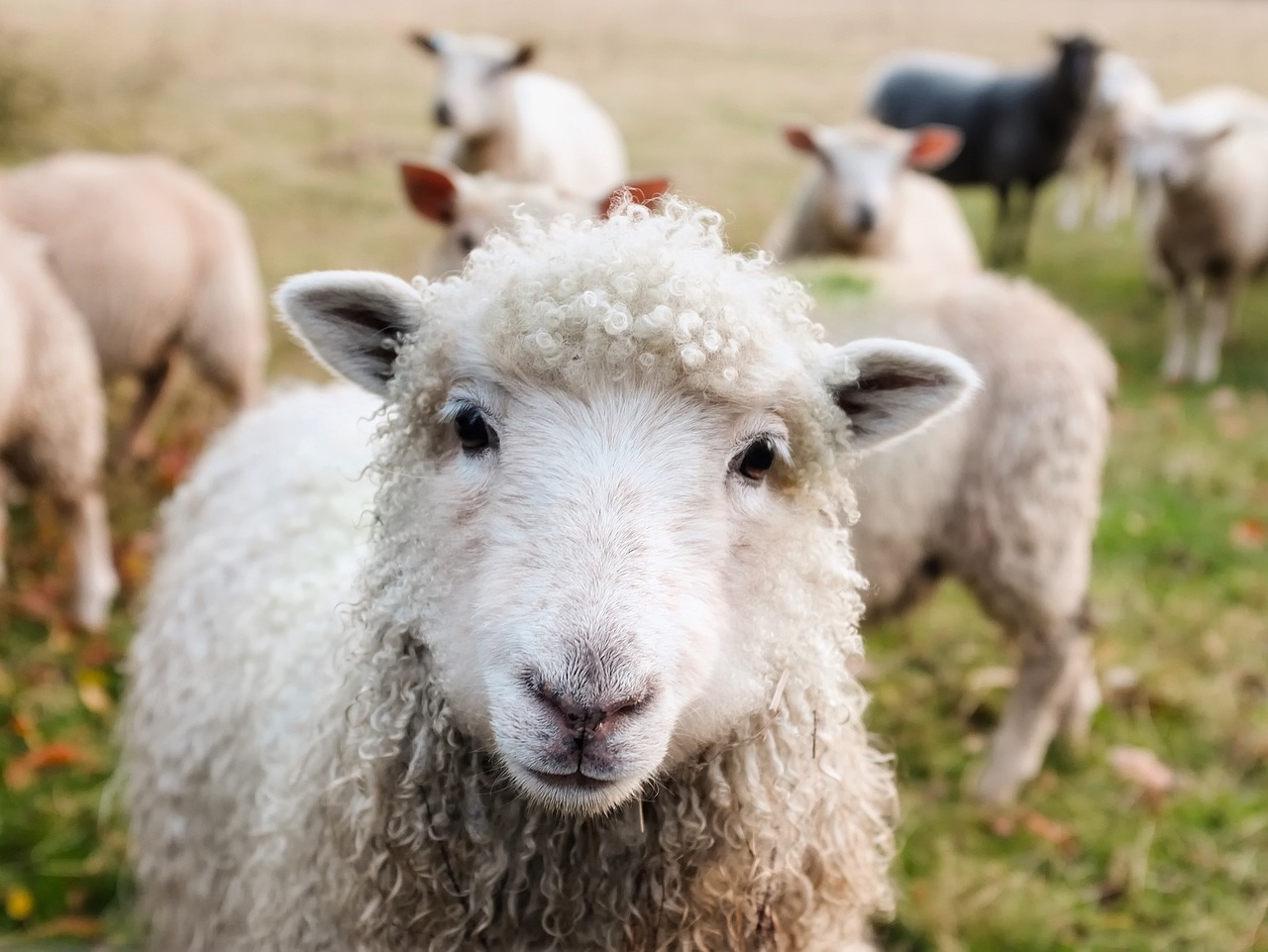
Seasonal Farm Crafts
Creating seasonal crafts related to farming is not just a fun activity for kids; it’s a fantastic way to help them understand the cyclical nature of agriculture. Each season brings its own unique set of activities, crops, and celebrations, making it an exciting time to engage in themed projects that reflect what happens on a farm throughout the year. Think about it: just as farmers prepare for planting in spring, harvest in autumn, and everything in between, children can mirror these activities in their crafts. This not only sparks their creativity but also teaches them valuable lessons about the natural world.
For instance, during spring, children can dive into planting-themed crafts that allow them to explore the fascinating world of seeds and growth cycles. They might create a seed jar, where they layer different types of seeds and soil, or even make a planting calendar to track when to plant various crops. This hands-on approach helps them appreciate the care and attention that goes into nurturing plants for a successful harvest.
As summer rolls in, the vibrant colors and lively atmosphere of the farm can inspire kids to create colorful decorations. They can use natural elements like flowers and leaves to make nature collages or even craft sun catchers that mimic the beauty of the sun shining down on a farm. These activities not only keep them engaged but also foster a deeper connection to the environment.
When autumn approaches, the excitement of the harvest festival can be captured through various crafts. Children can get creative with pumpkins, corn, and other seasonal crops. Imagine them making pumpkin lanterns or crafting corn husk dolls. These projects not only celebrate the bounty of the harvest but also teach kids about the significance of agricultural festivals and the importance of community.
Finally, as winter sets in, crafting can take on a cozy, festive feel. Kids can create winter-themed decorations that reflect the quieter season on the farm. Think of crafting snowflakes from recycled paper or making animal ornaments that depict the farm animals they’ve learned about throughout the year. This not only solidifies their understanding of farm life but also allows them to reflect on the journey they’ve taken through the seasons.
In summary, seasonal farm crafts are a wonderful way for children to learn about agriculture while expressing their creativity. Each season brings with it a wealth of opportunities to explore, create, and connect with the world around them. So why not gather some materials and start crafting? The farm is waiting for their imagination to run wild!
Q: What are some easy farm crafts for kids?
A: Some easy farm crafts include making paper plate farm animals, creating a mini garden with recycled containers, and crafting seasonal decorations like pumpkin lanterns in the fall.
Q: How can I incorporate education into farm crafts?
A: You can incorporate education by discussing the life cycle of plants during planting crafts, explaining the importance of each farm animal during animal crafts, and teaching about seasonal changes and their effects on agriculture.
Q: What materials are best for farm crafts?
A: Common materials include paper, cardboard, paint, natural elements (like leaves and twigs), and recyclable items such as plastic bottles and old newspapers.
Q: Are there any specific crafts for each season?
A: Yes! For spring, consider planting crafts; for summer, vibrant nature collages; for autumn, harvest decorations; and for winter, cozy animal ornaments.
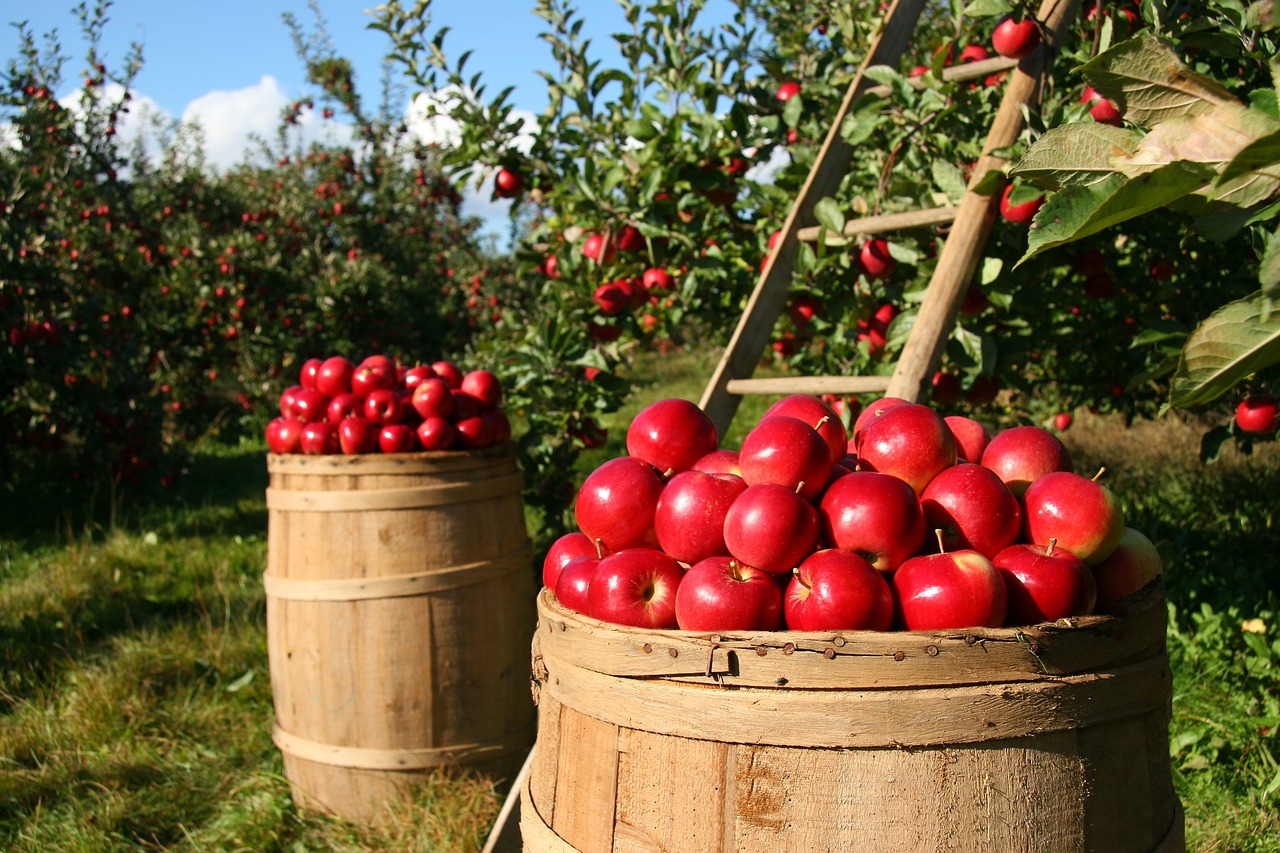
Spring Planting Crafts
Spring is a magical time when nature shakes off the winter chill, and everything starts to bloom again. It’s the perfect season for kids to dive into planting-themed crafts that not only spark their creativity but also teach them about the life cycles of plants. Imagine the joy on their faces as they learn how a tiny seed transforms into a vibrant flower or a delicious vegetable! These crafts can be both fun and educational, providing a hands-on way for children to connect with the natural world.
One exciting project is creating seed bombs. These are small balls made from clay, compost, and seeds that kids can toss into their gardens or local parks. To make seed bombs, you’ll need:
- Clay soil
- Compost
- Seeds (wildflowers or vegetables work great)
- Water
Mix the clay and compost in a bowl, then add the seeds and a little water until the mixture holds together. Form them into small balls and let them dry in the sun. Once they’re ready, kids can scatter them in their favorite outdoor spots, watching as they bloom into beautiful plants over time!
Another engaging activity is planting a mini garden in a recycled container. This can be as simple as using an old shoe, a tin can, or a plastic bottle. Children can decorate their containers with paint, stickers, or even natural materials like twigs and leaves, making each garden unique. After decorating, they can fill the container with soil and plant easy-to-grow seeds like radishes or sunflowers. This project not only teaches them about gardening but also allows them to observe the growth process firsthand.
For a more interactive experience, consider organizing a planting day where kids can plant seeds in a community garden. This could involve:
- Learning about the different types of seeds
- Understanding the importance of soil health
- Discussing the role of sunlight and water in plant growth
By participating in a community project, children learn the value of teamwork and the joy of contributing to their environment. Plus, they can take pride in watching their plants grow alongside their friends!
Lastly, don’t forget about the art of painting rocks as garden markers. Kids can collect smooth stones and paint them with vibrant colors and fun designs. Each painted rock can represent a different plant in their garden, helping them remember what they’ve planted. This craft not only beautifies the garden but also encourages children to take an active role in caring for their plants.
In summary, spring planting crafts are a fantastic way to engage children with nature. By creating seed bombs, planting mini gardens, participating in community planting days, and painting garden markers, kids can learn valuable lessons about agriculture while having a blast. So grab your gardening gloves and let the creativity blossom!
Q: What age group is suitable for spring planting crafts?
A: Spring planting crafts are great for children of all ages, with simple projects suitable for toddlers and more complex activities for older kids.
Q: Do I need a garden to do these crafts?
A: Not at all! Many crafts can be done in small pots or containers, making them perfect for balconies, patios, or even indoors.
Q: What types of seeds should I use for kids' crafts?
A: Opt for easy-to-grow seeds like sunflowers, radishes, or wildflowers, as they germinate quickly and are fun to watch grow!
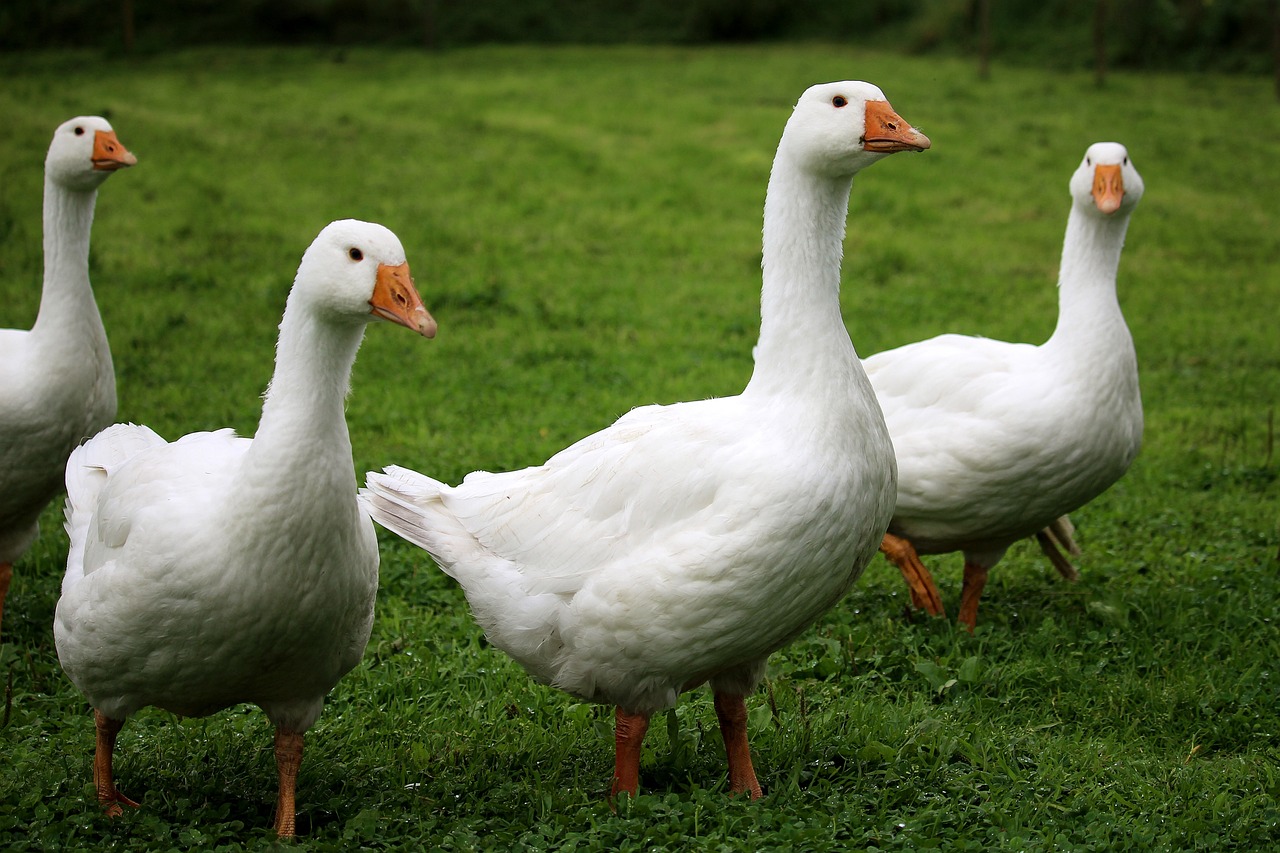
Harvest Festival Crafts
The arrival of autumn is marked by the vibrant colors of falling leaves and the delightful anticipation of the harvest season. This time of year offers a fantastic opportunity for kids to engage in that not only spark their creativity but also deepen their understanding of agriculture and the importance of seasonal changes. Imagine the joy of transforming simple materials into festive decorations that celebrate the bounty of the earth! From pumpkins to corn, there are endless possibilities for crafting that can help children learn while having a blast.
One popular craft idea is to create pumpkin decorations. Kids can use orange construction paper or real pumpkins to design their own unique jack-o'-lanterns. This activity not only allows them to explore their artistic side but also teaches them about the significance of pumpkins in harvest celebrations. As they carve or paint their pumpkins, they can discuss the different ways pumpkins are used in cooking and decorations during the fall.
Another engaging project is making corn husk dolls. This traditional craft connects children to the history of farming and the importance of corn in many cultures. To create these dolls, kids can gather dried corn husks, which can often be found at local craft stores or even in their own gardens. With a little bit of creativity and guidance, they can turn these husks into charming dolls that represent the harvest spirit. This craft not only enhances fine motor skills but also encourages imaginative play as children create stories around their dolls.
Additionally, incorporating nature walks into the crafting process can be incredibly enriching. Kids can collect leaves, acorns, and other natural elements during a stroll through the park or their backyard. These items can then be used to create beautiful autumn wreaths or collages that celebrate the colors and textures of the season. By using natural materials, children learn to appreciate the environment while expressing their artistic talents.
To add a fun twist, consider organizing a Harvest Festival Craft Party with friends or family. Set up different crafting stations where kids can rotate and try various activities, such as:
- Painting mini pumpkins
- Creating corn husk dolls
- Making leaf rubbings
- Designing fall-themed greeting cards
This not only fosters a sense of community but also allows children to share their creations, encouraging collaboration and teamwork. Plus, it’s a great way for parents to bond with their kids while enjoying the festive atmosphere.
In conclusion, Harvest Festival Crafts offer a wonderful way for children to connect with the changing seasons and learn about the agricultural roots of our food. By engaging in these fun and educational activities, kids can develop a deeper appreciation for the hard work that goes into farming and the joy of celebrating the harvest. So gather your supplies, unleash your creativity, and let the festivities begin!
Q: What materials do I need for Harvest Festival Crafts?
A: Common materials include construction paper, natural elements like leaves and acorns, pumpkins, and basic crafting supplies like glue, scissors, and markers.
Q: How can I incorporate learning into these crafts?
A: Discuss the significance of each item used in the crafts, such as the role of pumpkins in harvest festivals or the history behind corn husk dolls. Encourage questions and exploration.
Q: Can these crafts be done indoors?
A: Absolutely! Many of these crafts can be easily adapted for indoor activities, making them perfect for rainy days or colder weather.
Frequently Asked Questions
- What are agricultural crafts?
Agricultural crafts are fun and creative projects that help kids learn about farm life and the importance of agriculture. These crafts often involve using natural materials or recyclable items to create farm-themed art, enhancing children's understanding of the farming process while allowing them to express their creativity.
- What materials do I need for farm crafts?
To get started with farm crafts, you will need basic supplies such as paper, paint, scissors, and glue. Additionally, gather recyclable materials like cardboard, plastic bottles, and old newspapers, as well as natural elements like leaves and twigs to inspire creativity and resourcefulness in your projects.
- How can I incorporate nature into agricultural crafts?
Incorporating nature into crafts is easy! Use leaves, flowers, and twigs to create beautiful artwork. This not only connects children with the environment but also helps them appreciate the agricultural processes involved in growing plants. For example, they can make leaf prints or create collages using various natural materials.
- What are some examples of seasonal farm crafts?
Seasonal farm crafts can vary throughout the year. In spring, kids can create planting-themed crafts, such as seed packets or mini gardens. As autumn approaches, they can celebrate harvest festivals by making crafts with pumpkins, corn, and other crops, fostering a deeper understanding of the agricultural cycle.
- How do agricultural crafts benefit children?
Engaging in agricultural crafts helps children develop fine motor skills, encourages imaginative play, and teaches them about nature and farming. These hands-on activities foster creativity while instilling valuable lessons about the environment and the importance of agriculture in our daily lives.



















